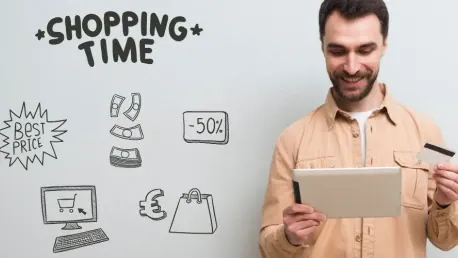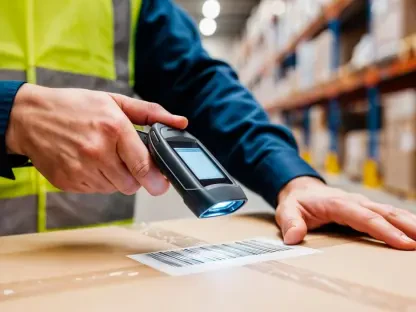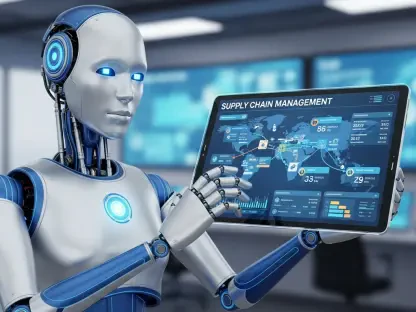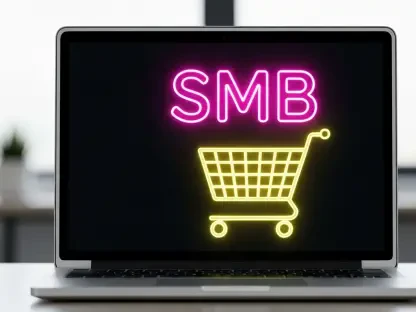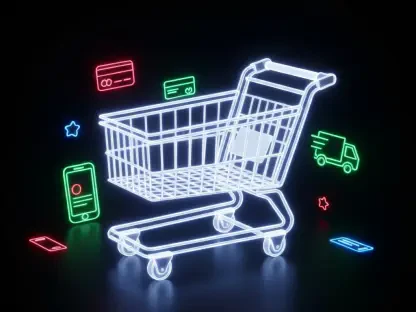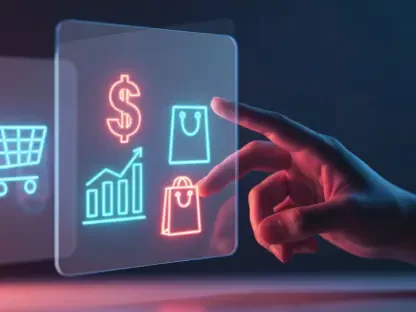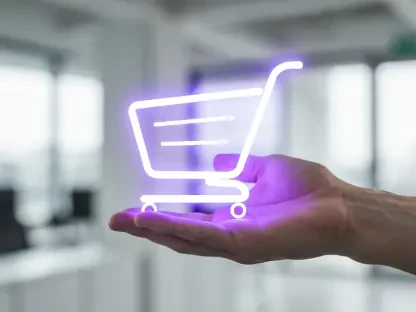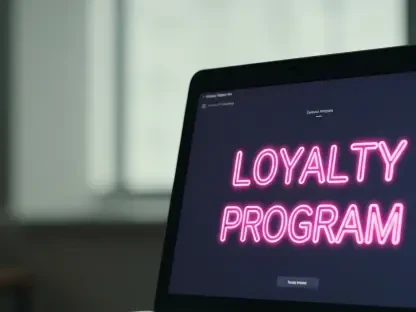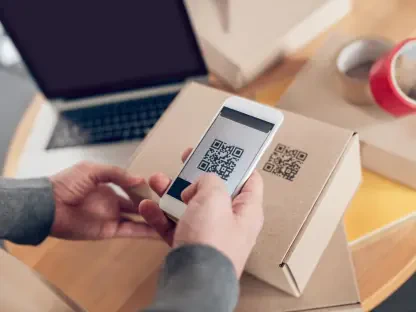You’ve likely heard buzz about Buy Online, Pick-Up In-Store (BOPIS) or its synonym, click and collect, but implementing this in your retail framework may seem complex. Though setting up in-store pickup can be a breeze with platforms like Shopify, the meticulous details of operations, best practices, and key benefits warrant a closer look. This will help you avoid frustration from the lack of staff to manage the orders, resulting in long wait times for customers.
1. Customers place an order online, via your website or mobile application
BOPIS kicks off when customers select and purchase items through your online storefront or mobile application. Integrating the buying process with real-time inventory updates allows customers to choose a location with the desired stock for pickup. This model improves the shopping experience by bridging the convenience of online shopping with the immediate gratification of physical store pickups. Additionally, options for users to have their selected items shipped to specific stores if initially unavailable in their local shop enhance the flexibility and appeal of BOPIS.
In this step, customers browse your online catalog, add items to their cart, and proceed to checkout. Unlike standard ecommerce orders that necessitate shipping details, BOPIS requires customers to select a pickup location. The site or app then verifies item availability at the chosen location or proceeds with ship-to-store options if needed. Customers appreciate the lack of shipping fees, faster acquisition times, and the assurance that their chosen products are indeed available at the given store, significantly enhancing their shopping experience.
2. The retailer processes the online order
Once an order is placed, the retailer takes over, and their task is to ensure that the order is processed efficiently and without delays. There are two predominant pathways here – the local store having the item in stock or shipping the item to the store from a distribution center. If the products are already in the customer’s chosen pickup location, staff will locate, pick, pack, and prepare the items before sending out a pickup notification. In cases where the item’s not available locally, stores can utilize transfers to bring the item in from a nearby branch or central warehouse.
Communication is vital. The retailer must keep the customer informed via email or text notifications regarding their order status – right from the order confirmation, progress updates on preparation, to readiness announcements. This consistent communication reassures customers and preempts any issues they might face by keeping them in the loop, ensuring a smooth pickup experience.
3. The customer retrieves the order
Retrieving the order marks the final step and can make or break a customer’s impression of BOPIS. It’s about more than just picking up an item – it’s about making sure the process is seamless and time-efficient. Retailers must give clear and concise instructions about where and how to pick up orders. This might involve designated in-store pickup counters or curbside handover where staff brings the items straight to the customer’s car.
Furthermore, some retailers innovate BOPIS by incorporating curbside pickup options. This service provides an additional layer of convenience where customers don’t even need to leave their cars to get their orders. The efficiency and clarity of this step create a positive end-to-end experience for customers. This ease and convenience entice them to repeatedly use the BOPIS service, driving up customer satisfaction and fostering loyalty.
Real-life success stories: Examples of retailers excelling at BOPIS
Several retailers have successfully integrated BOPIS, thereby bolstering their customer satisfaction and sales. Take Lululemon, for instance, which offers a straightforward click-and-collect process. Their site allows customers to select their store of choice for pickups seamlessly, ultimately ensuring a streamlined shopping journey. Similarly, Tokyobike leverages BOPIS to encourage in-store visits, enabling customers to inspect their bikes before purchasing and explore additional accessories.
Another commendable example is the home goods retailer Nalata Nalata. This brand prioritizes customer choice by offering both shipping and store pickup options. It allows them to stay competitive, especially given the modern consumer’s expectation for convenience akin to services provided by giants like Amazon.
Challenges and best practices for BOPIS implementation
You’ve probably heard the buzz around Buy Online, Pick-Up In-Store (BOPIS) or its synonym, click and collect. It’s becoming a staple in modern retail strategies. However, while the concept sounds straightforward, integrating it into your retail system can seem daunting. The setup for in-store pickup can indeed be simplified with platforms like Shopify, which streamline the technical aspects.
Yet, what truly demands your attention are the operational intricacies, best practices, and significant advantages tied to BOPIS. For instance, having a well-thought-out plan is crucial to avoid common pitfalls, such as having insufficient staff to handle the influx of orders. This could lead to long wait times for customers, which can be a major source of frustration and potentially deter repeat business.
When done right, BOPIS offers several benefits. It provides convenience for customers who prefer to shop online but want immediate gratification by picking up their orders in person. This hybrid approach also drives foot traffic to your physical store, often resulting in additional in-store purchases. Plus, it can reduce shipping costs and streamline inventory management.
Establishing efficient processes for order fulfillment, clear communication with customers regarding order status, and a dedicated area for pickups are essential steps in a successful BOPIS implementation. Training your staff to handle these orders competently and providing excellent customer service will enhance the overall experience, making BOPIS a valuable addition to your retail operations.
